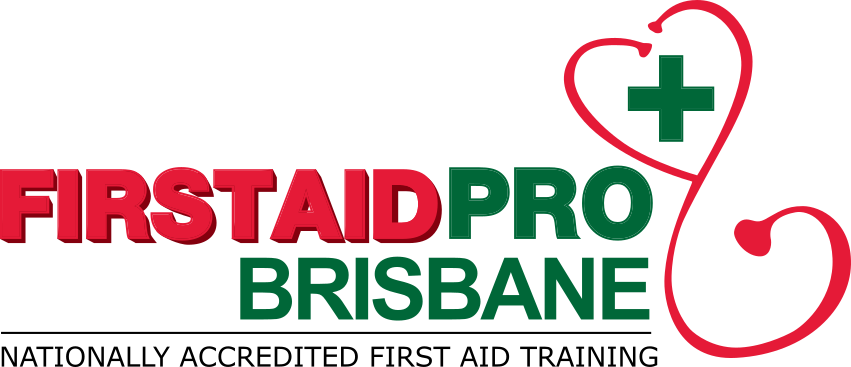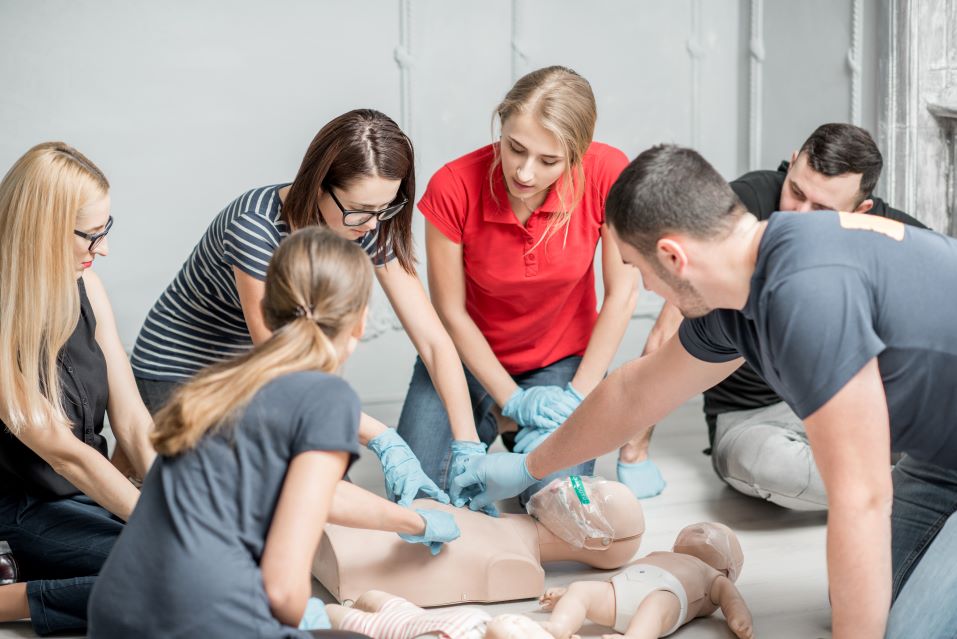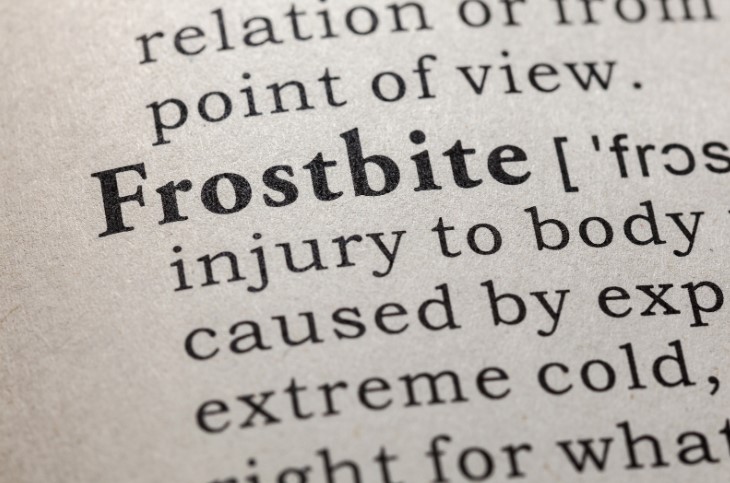A choking baby cannot cry, cough, or make any noises, and it only takes a few minutes before this situation becomes critical.
A single choking incident in babies can result in permanent brain damage due to lack of oxygen and other complications relating to airway obstruction. In worst-case scenarios, it can become fatal and result in sudden death.
Giving immediate first aid to a choking baby is necessary as the procedure will clear the airway to restore normal breathing.
Common Choking Hazards For Babies
A choking hazard is any object caught in the child’s throat, resulting in blocked airways and trouble breathing.
Anything smaller than a coin can be a choking risk for small children. Common risks for airway blockage include
- food items (lollies, nuts, raw carrots, pieces of meat, chicken and fish, seeds, grapes, hotdogs, sausages, and more)
- household items (small batteries, coins, magnets, pen or marker cap, jewellery
- toy parts (marbles, eyes of stuffed toys, small balls, balloons)
- garden objects (pebbles, part of branches, flowers, etc.)
- any other small items
Babies tend to put objects in their mouths as they begin to explore their surroundings. During this part of their development, keeping small and toxic objects out of reach is essential.
Signs Of A Blocked Airway
Here are common signs of a choking baby:
- violent coughing
- high pitched sound when breathing in
- unable to breathe or cry
- pale or bluish skin, lips
- appears panicked or troubled
- loss of consciousness
- limping
If the baby has lost consciousness or has trouble breathing and is unable to cry and make sounds – start first aid.
First Aid Treatment For A Choking Baby
Verify That The Baby Is Choking
There are instances where the baby may be coughing or gagging. It may sound scary in other situations, but if they are making noise or can breathe, they are likely not choking.
Make sure the baby is choking or has their airway obstructed before performing CPR. Anything you might do, including back blows, can cause harm to the baby and could make the situation worse.
Call Triple Zero (000)
If unsure on how to help a choking baby, call 000 immediately. The emergency dispatcher might be able to walk through life-saving procedures while professional help is on the way.
Administer Back Blows
Hold the baby face down on the forearm, with the head lower than the body. Hold their moth open using the same hand and use the heel of the other hand to give five quick back blows, right between the shoulder blades.
Perform Chest Thrusts
Turn the baby over if the back blows did not dislodge the foreign object. Place them on their back while holding them in your lap and supporting their head. Place two fingers in the middle of the baby’s chest and give five quick thrusts downward.
Repeat Cycle
Repeat black blows and chest thrusts until the blockage is removed, the help arrives, or the baby loses consciousness. When this happens, begin to administer CPR.
Conclusion
Choking is extremely dangerous for small babies as they cannot communicate what is happening to them. This challenge leaves the responsibility entirely up to the parent or caregiver to recognise warning signs and take steps to clear the airway.
The best way to prevent choking is to reduce the risk. By knowing the most common choking hazards, you can keep them out of reach and away from their mouths. When their environment is free of hazards, you will eliminate the risks of airway blockage.
CPR training teaches parents, caregivers, and babysitters how to provide relief to a choking baby.
Register for our CPR course to learn more about the specifics of this technique and other emergency procedures.








